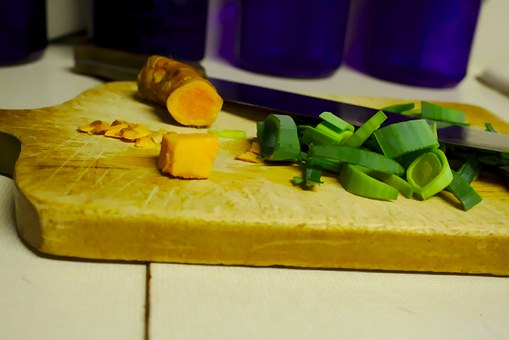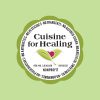
One of the most talked about superfoods right now is turmeric and super it is!
The exact origin of turmeric is not known but it is believed to be native to Southern India and Indonesia. In these parts of the world turmeric has been used for thousands of years and has become integral part of their food and traditional medicine. The usage of turmeric in India is very very old and its usage is documented in various forms. It was used a beauty aid, spice and a medicine – an all in one herb with amazing properties. It is thus not surprising that turmeric has such a place in ancient Indian medical science – Ayurveda.
Some recent research is now indicating that this particular spice may have been the “gold” given to the Christ child along with myrrh and frankincense by the Wise Men making it an appropriate superfood for the Christmas season.
It is currently being studied for its uses in irritable bowel syndrome, constipation, menstrual cramping, cognitive abilities, depression, heart health and its ability to inhibit a protein that is essential for tumor growth. Yet, something that most agree on is its function as an anti-inflammatory agent. And inflammation is present in a vast majority of diseases and disorders.
What’s New and Beneficial About Turmeric
- Despite its use in cooking for several thousand years, turmeric continues to surprise researchers in terms of its wide-ranging health benefits. While once focused on anti-inflammatory benefits, decreased cancer risk, and support of detoxification, studies on turmeric intake now include its potential for improving cognitive function, blood sugar balance, and kidney function, as well as lessening the degree of severity associated with certain forms of arthritis and certain digestive disorders.
- Use of turmeric in recipes can help retain the beta-carotene in certain foods. For example, one study has shown that the beta-carotene in carrots and pumpkins is better retained when those vegetables are cooked using recipes that include turmeric.
- Whole turmeric is likely to provide you with a different set of benefits than its best-studied constituent—namely, curcumin. That’s because turmeric includes three different curcuminoids: curcumin, bisdemethoxycurcumin, and demethoxycurcumin. It also contains volatile oils like tumerone, atlantone, and zingiberone. These different substances are all associated with their own unique health benefits.
- The amount of turmeric that you need to receive health benefits is not a lot. While researchers are accustomed to looking at countries like India where intake of turmeric often reaches a level of 1-2 grams every day (2.2 grams of the turmeric powder that we profile on our website equates to one teaspoon), studies show potential health benefits at much lower amounts. In some situations, as little as 50 milligrams of turmeric over a period of several months have been linked with health benefits. This small amount would be the equivalent of approximately 1/50th of a teaspoon.
I hope you will find ways to use this amazing root. Wishing you the happiest of holidays!
Happy Healthy Eating! Dana.
http://www.whfoods.com/genpage.php?tname=foodspice&dbid=78









